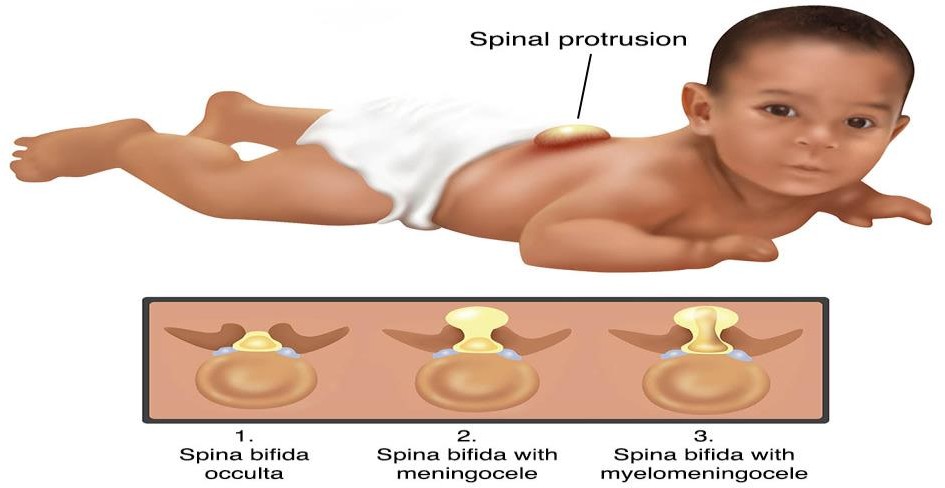A nurse is assessing a 1-year-old toddler notices a large abdominal mass and pink-tinged urine on the diaper. Which of the following disorders should the nurse suspect?
Wilms' tumor
Intussusception
Nephritic syndrome
Pyloric stenosis
The Correct Answer is A
A Wilms' tumor is a common kidney cancer that primarily affects children. One of the classic signs of this tumor is the presence of a large abdominal mass, which may be palpable upon physical examination and hematuria (pink-tinged urine).
B. Intussusception is a condition where a part of the intestine folds into another section, causing an obstruction. The symptoms can include episodes of severe abdominal pain, vomiting, bloody stools, and lethargy.
C. Nephritic syndrome is a renal condition characterized by inflammation. The symptoms often include hematuria, hypertension, and oliguria.
D. Pyloric stenosis is a condition where the distal opening of the stomach is obstructed due to smooth muscle hypertrophy. It presents with projectile vomiting after feeding, dehydration, and weight loss.
Nursing Test Bank
Naxlex Comprehensive Predictor Exams
Related Questions
Correct Answer is A
Explanation
Neural tube defects (NTDs) are congenital abnormalities that occur during early embryonic development when the neural tube fails to close completely. Spina bifida is one type of neural tube defect where the spinal column doesn't close all the way, resulting in spinal cord and nerve damage. It can lead to various complications, including paralysis, bladder and bowel problems, and learning difficulties. Therefore, it is an appropriate example of a neural tube defect.
 |
B. Cerebral palsy is a group of permanent movement disorders that appear in early childhood.
C. Muscular dystrophy is a genetic disorder characterized by progressive weakness and loss of muscle mass.
D. Hydrocephalus is a condition where there's an accumulation of cerebrospinal fluid in the brain, often due to obstruction or impaired drainage.
Correct Answer is B
Explanation
A. Thick yellow crusted lesion on a red base are characteristic of impetigo.
B. Pediculosis capitis (head lice infestation) presents with itching and scratching of the head due to the allergic reaction to the saliva of the lice. While other conditions may present with similar symptoms, itching and scratching are classic signs of head lice infestation.
C. Firmly attached white particles on the hair are indicative of nits (lice eggs).
D. Patchy areas of hair loss may be seen in conditions like alopecia areata or fungal infections but are not specific to pediculosis capitis.
Whether you are a student looking to ace your exams or a practicing nurse seeking to enhance your expertise , our nursing education contents will empower you with the confidence and competence to make a difference in the lives of patients and become a respected leader in the healthcare field.
Visit Naxlex, invest in your future and unlock endless possibilities with our unparalleled nursing education contents today
Report Wrong Answer on the Current Question
Do you disagree with the answer? If yes, what is your expected answer? Explain.
Kindly be descriptive with the issue you are facing.
